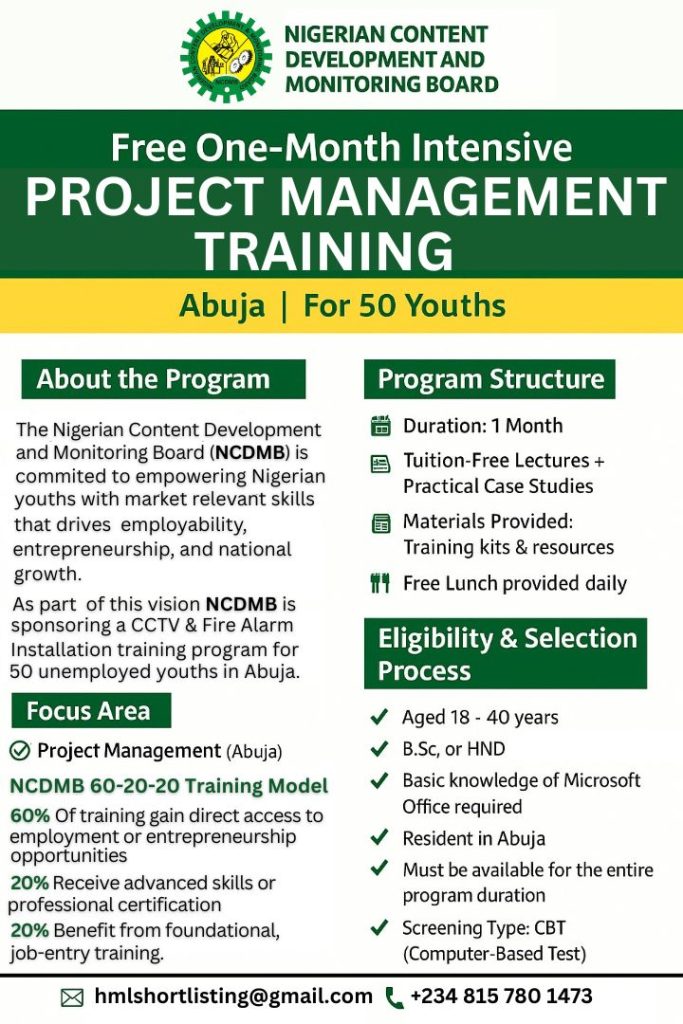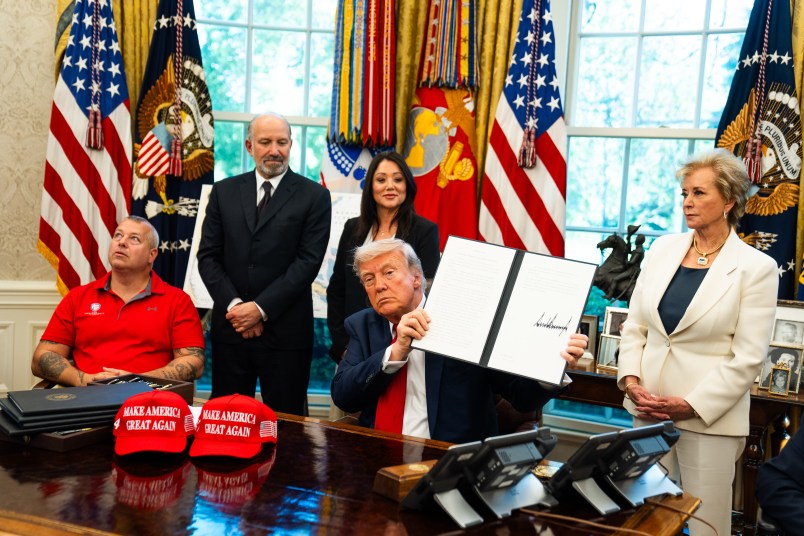
At the very start of the second Trump administration when multiple explosive news stories were breaking every day, I got a scoop that changed the course of my career. When I received the tip, there was no editor to run it by; no legal team to consult. I had to decide in a moment of sheer terror and exhilaration what my next move should be. Then I hit publish — and scooped all of the country’s biggest news outlets by reporting that the federal government planned on freezing all funding for grants and loans. The move caused such an uproar that the federal government walked it back, and my work as an independent journalist saw unprecedented attention.
One of the most drastic changes in journalism of the last 25 years is accountability to readers. In the era before digital media really took off, journalists would write and publish stories and maybe receive an occasional letter or email in response to their work. Now there is an invisible umbilical cord between writers and readers. When I broke the federal grant story, I did so on Bluesky, and hundreds of people immediately responded, expressing outrage and disbelief that the administration was exerting such a heavy hand so soon into its tenure.
This inextricable connection is no coincidence: With the rise of social platforms like YouTube and Instagram that highlighted individual creators, the need to sell one’s self along with one’s work became essential. Just before graduating journalism school in 2009, my senior seminar professor had us all sign up for Twitter accounts; while that arguably set me up for the circuitous path to where I am now, it also encouraged me to emphasize not just the political but the personal. My thoughts on The Bachelor were stacked on top of reporting about the Affordable Care Act — and people could read and react to every single one.




